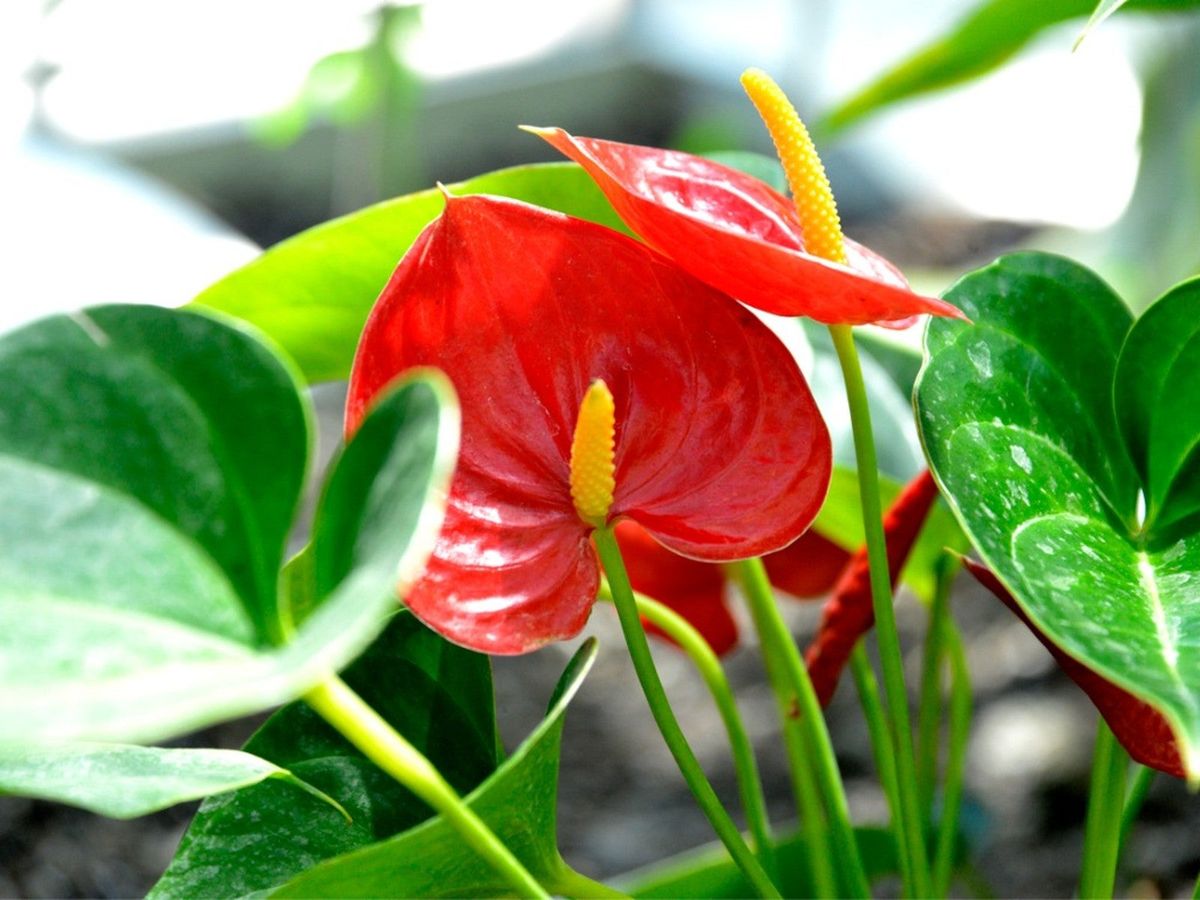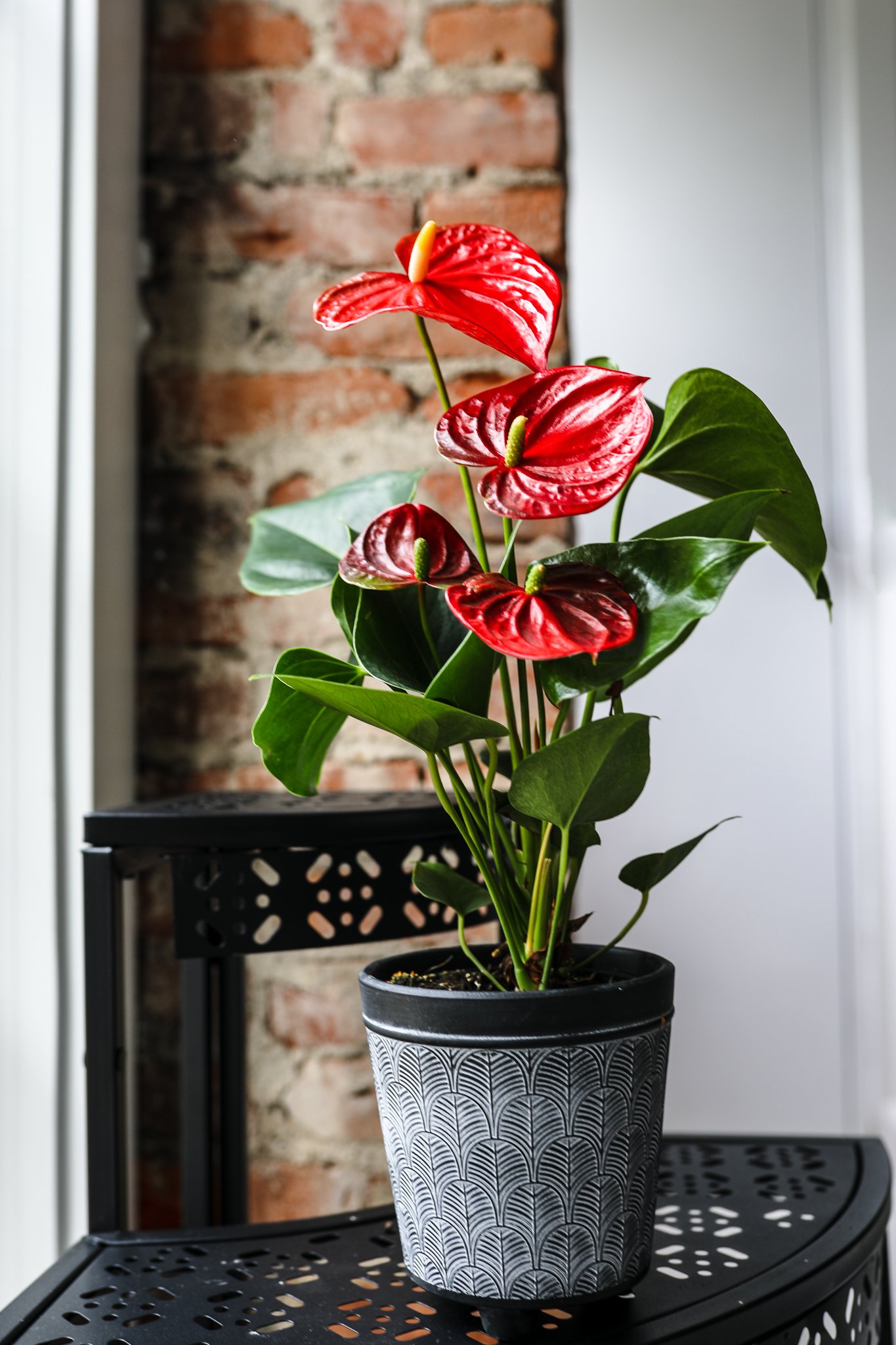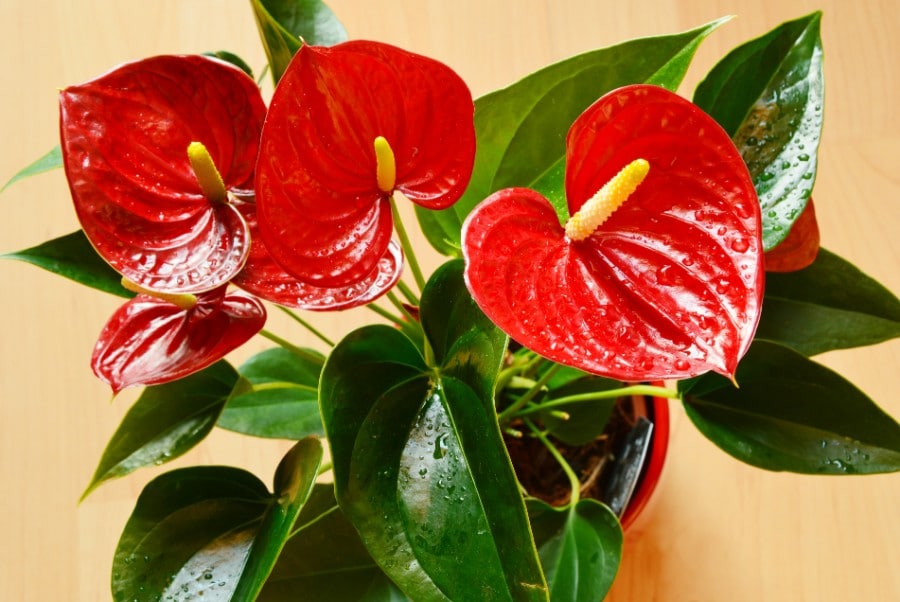Master Anthurium Care: Easy Tips for Thriving, Vibrant Plants!

When I first brought home an Anthurium, it felt like inviting a tropical mystery into my quiet corner of the world. These plants are undeniably elegant, with their glossy heart-shaped leaves and vibrant spathes, but they seemed tricky compared to the hardier greenery I’d cared for before. Think of it this way, over time, i realized that anthuriums don't demand perfection—they ask for understanding and patience. That’s the key to turning their unique requirements into simple daily habits anyone can follow.

Let me walk you through what truly helped me nurture my Anthurium step-by-step, addressing common beginner pitfalls with practical advice that goes beyond the usual tips. Think of this as your gentle companion guide.
Step 1: Find That Perfect Glow — Bright Indirect Light Without Burn
Early on, I made the rookie mistake of plopping my Anthurium right on a sunny windowsill because, logically, sun = good for plants, right? Not always. Within just a few days, those beautiful leaves started yellowing and curling—the classic “sunburn” warning. What helped was moving the plant about two feet away from the window, so it basked in bright but filtered light instead.
If your space has an east-facing window or one south-facing draped with lightweight curtains (think sheer white fabric), that's goldilocks lighting—not too harsh but not too dim. A quick way to test if your spot fits: if you can read a book comfortably near the plant without squinting and your skin feels neither hot nor cold in that spot—you're probably in the sweet zone of indirect light.
Picture a rainforest floor where dappled sunlight filters gently through canopy leaves—that’s exactly what Anthuriums crave.

Step 2: Water Like a Listener — Not Just a Scheduler
Watering was once guesswork that nearly drowned my plant—or left it wilted from thirst because I worried about overwatering and ended up underwatering instead! The breakthrough came when I started tuning into my plant’s soil rather than sticking to rigid schedules.
Try this approach: insert your finger about an inch deep into the soil (use your non-dominant hand to avoid confusion). If it feels dry at that level, it’s time to water; if it's damp, wait another day or two. Always use room-temperature water because chilly water can shock tender roots in surprising ways.
When watering, imagine giving your Anthurium a luxurious spa bath—water steadily until it flows out from drainage holes—but never let that saucer beneath become full; standing water invites root rot like no other.
Step 3: Humidity Heroes — Creating Your Plant’s Tropical Bubble
Anthuriums hail from humid tropical environments where air moisture usually hovers around 60%, so replicating that indoors can be daunting yet surprisingly manageable.
My early attempts involved misting with a spray bottle morning and evening which worked well—inexpensive and simple! Later on, investing in a small desktop humidifier made maintaining consistent humidity effortless especially during cold winter months when indoor heating dries out air fast.

Another subtle magic trick? Grouping several plants close together—they create tiny “humidity communities” just by breathing out water vapor. Plus, keeping a shallow tray filled with pebbles and water beneath their pots helps add gentle moisture without sogginess.
Step 4: Feeding Your Plant’s Growth Spurts — The Nutrient Nudge
I’ll confess—I thought fertilizer was optional fluff for experienced gardeners only. My Anthurium paid me back with fewer flowers and duller leaves until I realized feeding is more like offering superfood during growth seasons—spring through summer—not a year-round chore.
Using a balanced liquid fertilizer diluted to half strength every six to eight weeks revived my plant’s vigor dramatically. Leaves became shinier and those crimson-red spathes popped brighter than ever before!
Remember: less is more here; overdosing fertilizer stresses plants just as much as neglect.

Real Life Lessons Worth Sharing
-
A friend's story: She watered strictly every three days regardless of soil dryness—her blooms soon vanished. Switching to “test-and-water” based on real soil moisture turned her luck around quickly.
-
Another newbie’s kitchen saga: Placing Anthurium near her sink caused fungal leaf spots due to dripping steam—it wasn’t contamination but excess wetness! Moving it toward an airy corner while keeping humidity via misting outdoors restored its health beautifully.
-
My repotting adventure: After years in one pot, crowded roots choked vital growth. Daringly repotting gently with fresh airy mix brought back lush green vibrance within weeks—root-crowding is something to watch for patiently over time!
Trouble Spots Decoded With Kind Curiosity
Think of challenges not as failures but clues:
- Yellow leaves? Usually too much direct sun or overwatering.
- Brown leaf edges? Low humidity or salt buildup from fertilizers.
- No flowers? Often insufficient light or missing feeding routine.
- Drooping leaves? Usually underwatering or environmental stress (ideal temps hover between 65–80°F).
For pests such as small bugs creeping along stems or under leaves—start mild with neem oil spray tested on one leaf first before treating whole plant; these bugs are typically manageable without harsh chemicals.
Growing Confidence One Leaf at a Time
One all-important thing I've learned is that growing an Anthurium isn’t about mastering botany overnight—it’s about becoming attentive and patient enough to catch its subtle cues and respond gently rather than rushing perfect care rituals.
Those moments when you finally notice new shoots emerging after weeks of waiting? Pure joy that reminds us how rewarding slow progress really is.
Your Next Steps Made Simple
- Check your plant's current location for soft bright indirect light; adjust if needed.
- Stick your finger into soil today—does it need watering?
- Pick one easy humidity booster this week—misting twice or grouping plants works wonders!
- Mark feeding dates six weeks ahead—you’ll appreciate planning ahead.
- Take photos weekly or jot notes—it lets you see changes you might miss otherwise!
If anthrums could talk (and maybe they do silently through their leaves!), they’d say thanks for caring thoughtfully rather than perfectly.
With steady steps and curiosity guiding you forward, watching an Anthurium flourish will soon feel like celebrating success alongside a quiet new friend who thrives under care built bit by bit—and trust me—that happy glow will have others asking how do you get yours so vibrant?
Patience unlocks beauty here more than anything else—with practice comes confidence; with confidence comes thriving green life doing its quiet magic right inside your home. You’ve got this!



